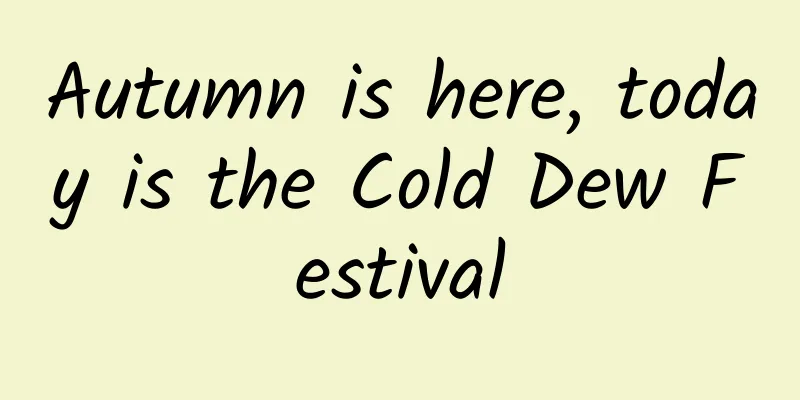Why do ants move?

|
"When ants move and snakes cross the road, heavy rain will come soon" and "When ants build nests, it will rain" are proverbs related to the weather that have been popular in my country for a long time. It means that when you see groups of ants moving or climbing trees, it means that it will rain in the area in the near future. The behaviors of ants moving, climbing trees, and transporting nest-building materials are caused by their induction of the natural environment and climate change. Before it rains, the air becomes humid and the air pressure drops. These subtle changes that affect the safety of the nest will make the ants alert and uneasy, prompting them to move to higher places. In addition to safety factors, another reason for ants to move is that in order to survive, when there are too many monks and too little porridge, some of them will separate from the original ant colony family and go in groups to find food and new places to live. Ants are small and weak individually, so they act collectively in most cases. Who is the "commander" when ants move? How are the instructions and orders delivered? In fact, before the ants move, there is neither a "commander" nor a "sentinel" to tip off in advance, but they transmit information by touching each other with their antennae. For example, when an ant in the group feels a sense of crisis, it will use its body to emit a pheromone to warn family members who have not yet felt the danger. The ants that receive the information will immediately spread it to other members. While releasing pheromones to each other, they will continue to receive feedback information. This repetitive process makes the pheromone smell stronger and stronger, and the dangerous atmosphere becomes more and more tense. At this time, the collective decision-making information for moving will be quickly formed, and the ants will take practical action. Although ants are small, they are highly organized, have a clear division of labor logic, and are smart for survival. Different types of ants take on different tasks in the process of moving and rebuilding their nests. For example, worker ants, although the smallest in size, have strong muscle strength, which enables them to carry and drag objects heavier than their own weight. Their tasks are to build and expand the nest, collect food, and feed larvae and queen ants. When ants carry heavy objects, they also use the mechanics of levers to grab the edge of the food and fix it with their teeth or claws. Usually, an ant weighs about 25-60 mg, and the weight of an ant king is only 120 mg. However, through the principle of levers and teamwork, ants can carry objects that are hundreds or even thousands of times heavier than themselves. This is simply a miracle in nature. (The author Chen Ganqing is a member of the China Photographers Association) |
>>: Can sunbathing prevent cancer? The health code in the sun!
Recommend
"Operational methods in the post-product era" How to do content operation well?
Let’s first define content operations : Everythin...
Want to increase your followers through social media fission? Just follow these 9 steps
Social fission is currently a popular technique f...
These "milk tea", "coffee" and "stamps" are all new drugs! Be careful!
The seemingly ordinary "milk tea" and &...
Marketing hotspots and advertising suggestions in August!
Chinese Valentine's Day, the start of the sch...
How to achieve user growth? 5 key points!
In the post- mobile Internet era, whether it is a...
SEM bidding promotion account building
Paid bidding promotion has always been an importa...
Aiming accurately does not necessarily mean you can shoot accurately. What scientific principles are involved in archery?
Whether in the East or the West, archery has been...
Don’t know how to develop VR games? Unity 5.3 official VR tutorial is released - Series 2
[[163670]] Laying the foundation In order to prep...
Madhouse "TIKTOK SHOP Small Store Practical Training Camp" Overseas small stores bring goods, master TK small store operations from 0 to 1
Course Content Catalog: TikTokShopi Training Camp ...
Car companies are launching large cars one after another, and the direction of "involution" in 2025 has changed.
In 2025, the direction of China's automotive ...
If the "marathon runners" of the animal world, the slender-horned gazelle and the cheetah, had a speed contest, who would win?
When it comes to Tibetan antelopes, everyone prob...
Using Domain Events in Microservices
If we think back to the working principle of compu...
How to protect your knees when running?
People often tell me that their knees hurt after ...
Six major problems that plague iPhone 7/7 Plus: Not as perfect as you think
Although this year's iPhone 7 did not give pe...
User fission strategy: 10 methods of “using old customers to bring in new customers”!
Advertising traffic is too expensive? SEM prices ...









